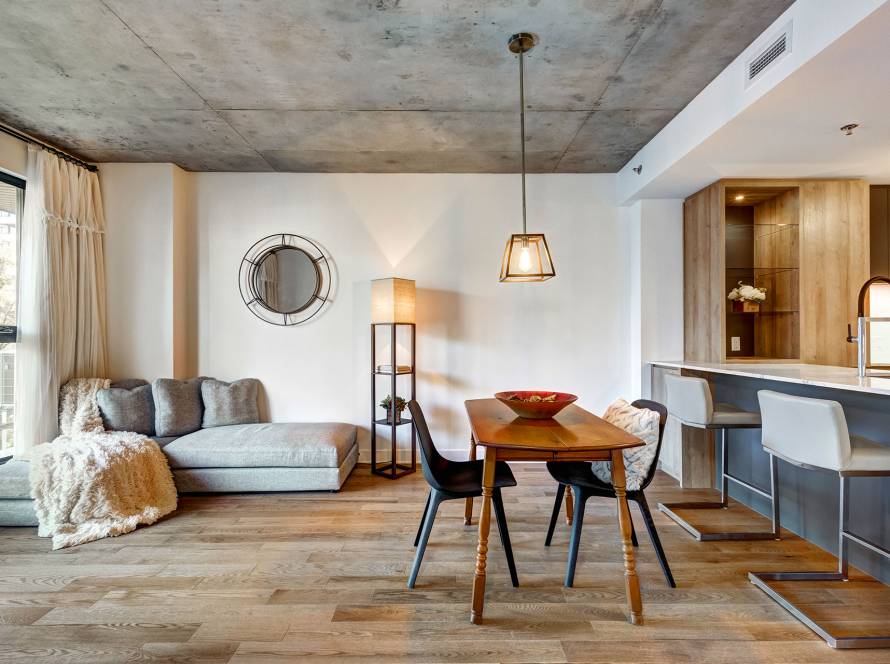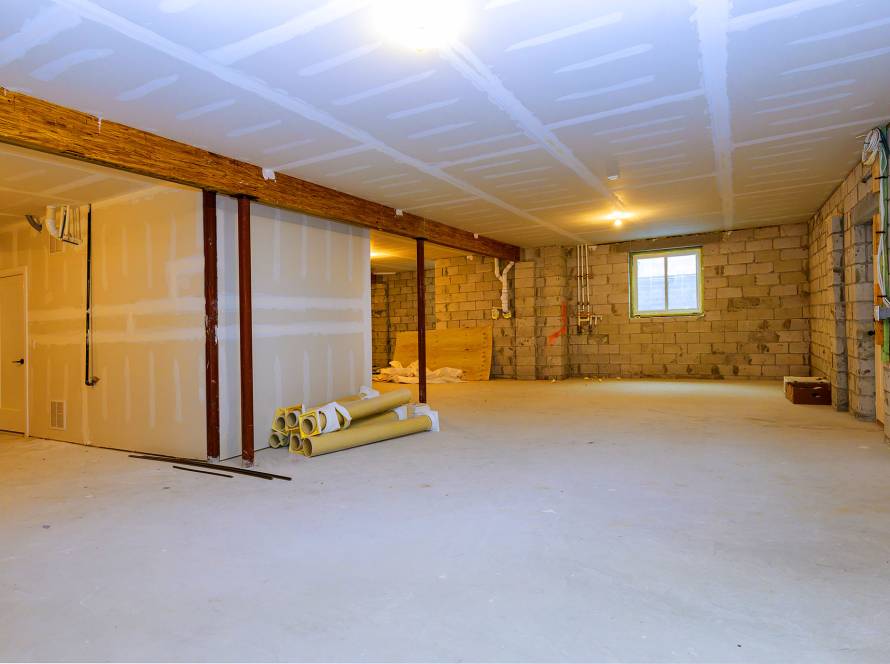A weekend project, a few tools from the garage, and a handful of YouTube tutorials, on the surface, DIY home improvement feels empowering. You save money, you learn new skills, you get the satisfaction of saying, I did this myself. But beneath that pride can lurk mistakes that quietly erode your home’s value.
What looks good to the eye may not stand up to time, inspectors, or buyers.
When Saving Money Costs More
The truth is, not all fixes are as simple as they seem. That tile backsplash might look fine for now, but uneven cuts and improper grout can signal shortcuts. Electrical or plumbing work done without a license? That’s a red flag for safety and legality. What felt like savings at the time often becomes an expensive redo later, sometimes costing double what a professional would have charged in the first place.
The Invisible Mistakes
Some damage is obvious. Other errors hide until the worst moment, like when you’re trying to sell. Home inspectors can spot signs of DIY work in seconds: uneven flooring, non-standard wiring, and walls patched poorly.
Even if the house looks decent, those small details send one message to buyers: this home may have deeper problems. And once doubt creeps in, offers fall.
The Myth of Adding Value
Many homeowners take on DIY projects, hoping to boost resale value. A finished basement, a bathroom refresh, or even a deck out back. But unless those improvements meet building codes and are executed with professional precision, they can have the opposite effect.
Instead of adding value, they lower it, because the next owner has to undo and redo the work.
- Visible flaws that hint at bigger issues
- Work that doesn’t meet safety or code standards
- Materials installed incorrectly, leading to premature wear
- Repairs that cost more later than doing it right the first time
Why Buyers are Wary
Buyers today are cautious. They know that DIY jobs, even well-meaning ones, can spell hidden costs. An uneven floor suggests possible structural problems. A plumbing shortcut can lead to leaks and mold. A sloppy electrical job can raise concerns about fire hazards. Even cosmetic mistakes, like crooked cabinets or uneven paint lines, signal neglect and reduce trust in the property as a whole.
The Smarter Path
DIY isn’t always the villain. Small projects like painting, landscaping, or swapping hardware can add charm and a personal touch without major risk. But for critical systems, plumbing, electrical, structural, and roofing, professional work isn’t just recommended, it’s essential.
Skilled craftsmanship protects your home’s value, keeps it safe, and ensures improvements actually count when it comes time to sell.
Conclusion
DIY may scratch the itch for creativity and control, but when it comes to protecting one of your biggest investments, it can quietly backfire. The quick fixes and shortcuts often chip away at long-term value.
Do what you can for fun, but know when to step aside. Because sometimes the best way to add value to your home is knowing when not to do it yourself.



